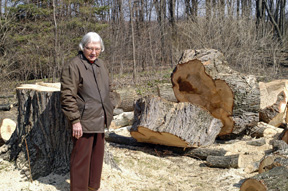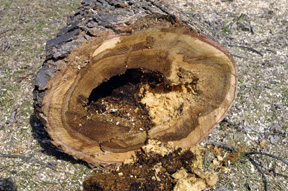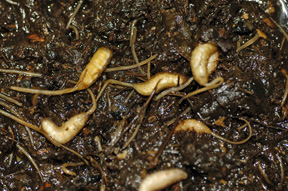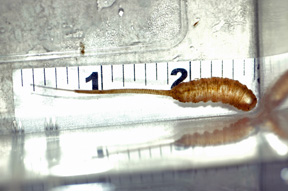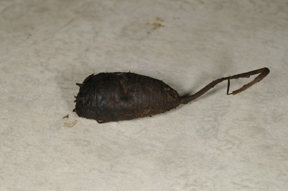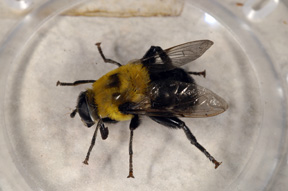Signs of wood rot (and true love)
Editor’s note: This article is from the archives of the MSU Crop Advisory Team
Alerts. Check the label of any pesticide referenced to ensure your use is
included.
Back in the early 1950’s my parents built a simple, but homey ranch
house outside of Stevensville in Berrien County. The site was a
challenge with its location in the low point of the land and a soil type
approaching what seemed to be 110 percent clay. Soil moisture
availability was rarely a problem, except in the basement.
They landscaped the three acres they owned with free trees and shrubs
obtained from relatives and friends, mainly Norway spruce and silver
maple (Acer saccharinum L.). One silver maple grew at an impressive
rate, as it was partially rooted in the septic field. As it turned out,
it was also located in the whiffle ball field, right at the shortstop
position. As my three brothers and I grew older (but never grew up), we
played countless games of whiffle ball and the tree became officially
known as “Shortstop” in the manner that great sequoias and redwoods are
named.
In recent years, my brothers and I finally got too old to play without
almost immediate joint pain, and Shortstop started showing signs of age
as well. One of the first warnings was a slime flux, possibly the
rudest-sounding of all tree disorders. Then a few large branches died
back, and last fall, the fruiting bodies of several species of fungus
appeared at various locations on the trunk. We made the tough decision
that Shortstop had to come down before it fell down, as it was close
enough to the house that some pretty major damage might be done if the
wind came in the wrong direction.
The tree was cut down on March 20, and unfortunately I was unable to be
there to take pictures of the process. I arrived a few days later to see
that the arborist did a nice job of cutting most of it into firewood
per my instructions, but some parts of the trunk were left in huge,
impressive sections, some close to four feet in diameter (mind you, this
tree was only about 56 years old).
Amongst the pieces of Shortstop were sections of a main branch that
featured a rotted tree hole that formed where a large branch had once
been pruned off in a manner that did not allow the wound to heal. I
vaguely recall that I did the pruning, obviously before I had been
taught proper pruning techniques. The internal cavity of the tree hole
had been cut in half, so I had complete access to all the muck and mess
of the rotted leaves that were left over from the nests of many
generations of squirrels. I knew this had to be explored… there were so
many entomological possibilities in such a habitat. Eureka, rat-tailed
maggots!
Appreciation of a good rat-tailed maggot is a sure sign of either an
entomologist or an all-around nature-lover. They are interesting
creatures, specialized for living in poorly-oxygenated aquatic or
semi-aquatic environments with long, extendable tails used to reach the
surface to obtain air. Several species are known to inhabit tree holes.
They are members of the Dipteran family Syrphidae, which includes
species with quite varied habits, all the way from valuable aphid
predators to pests of ornamental plants, like the narcissus bulb fly.
The adults typically are mimics of bees or wasps, and are frequently
found at flowers.
My mother happily helped me scrape out all the contents of the tree
hole, and together we picked out over 200 plump rat-tailed maggots from a
volume of muck that was no greater than a quart jar. Obviously, my
mother loves me. One might think she’d be the only one who could, but….
I called my wife back at home right after the rich harvest of maggots,
as she could not be there in person due to a very serious illness. Did I
start with “How are you feeling?” or something like that? No, I proudly
announced the capture of 200 rat-tailed maggots, and she was thrilled.
That, my Landscape Alert friends, is a sure sign of true love.



 Print
Print Email
Email